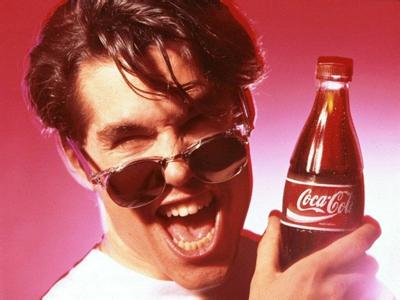Accounting for brands

That is because a different rule applies to acquisitions. In 2005 Procter & Gamble, a consumer-goods company, paid 57 billion for the Gillette razor company. The brand alone, P&G reckoned, was worth 24 billion. Oddly, Gillette's value can now only go down. P&G must test it for “impairment” but cannot acknowledge any increase, though Interbrand says Gillette's value rose 1% last year.











